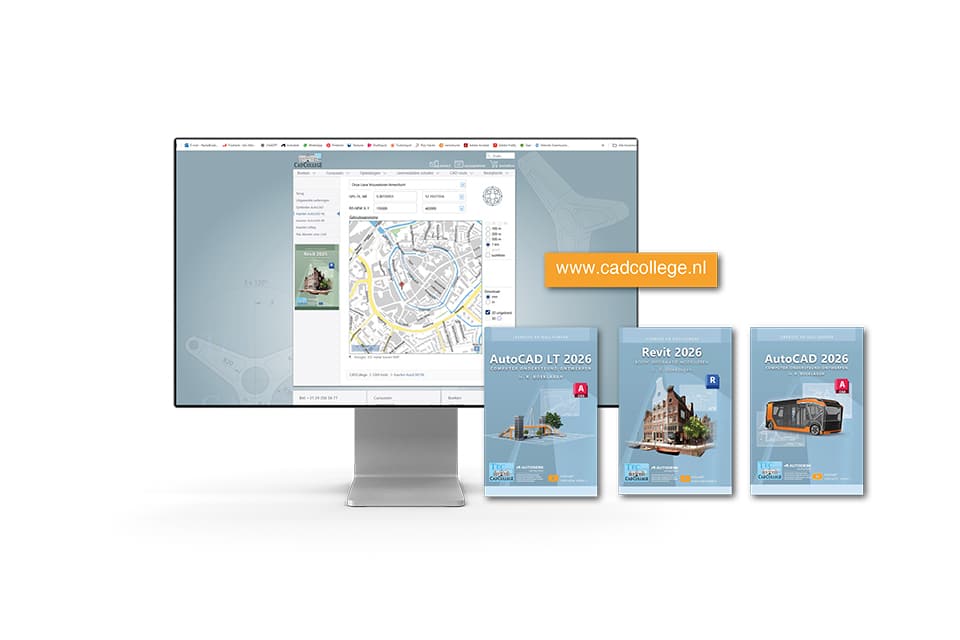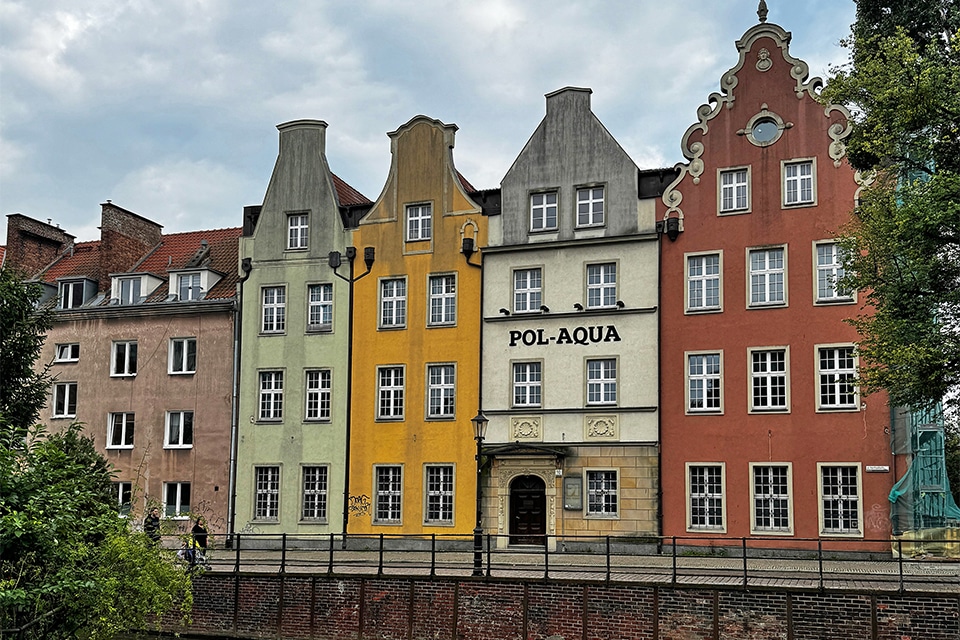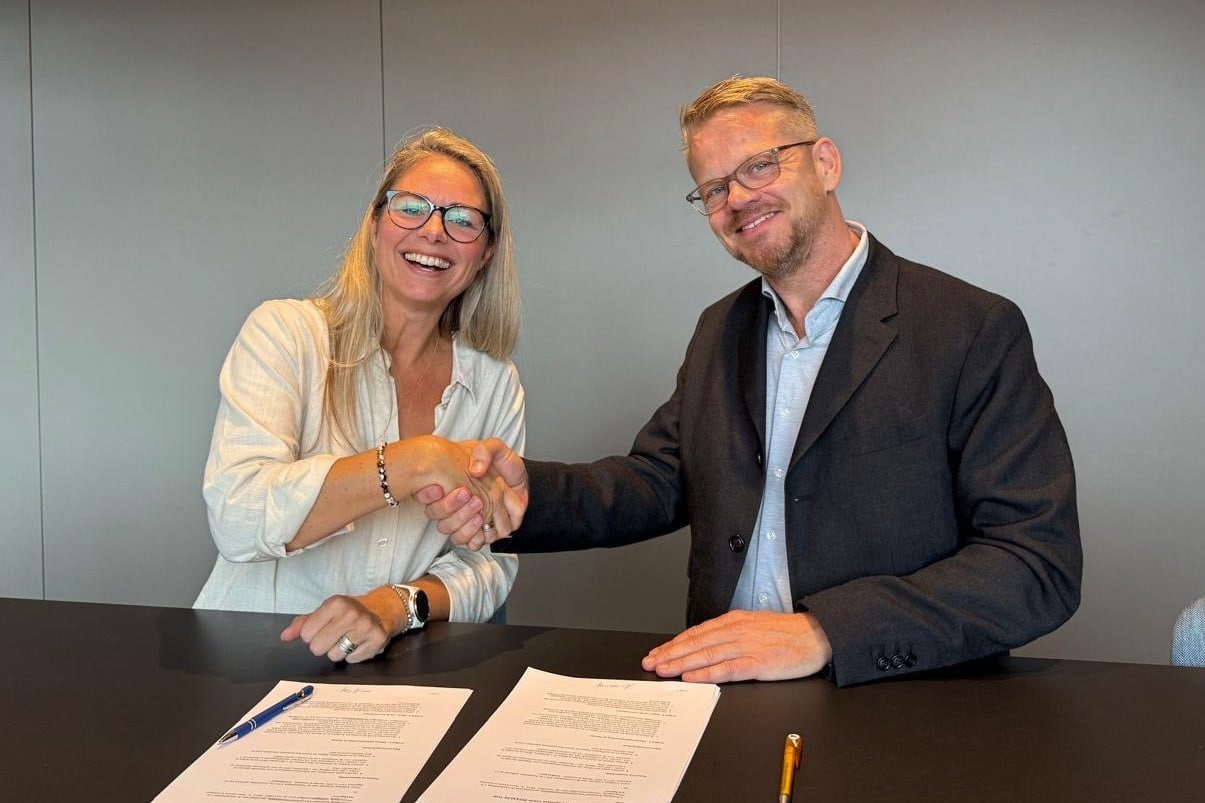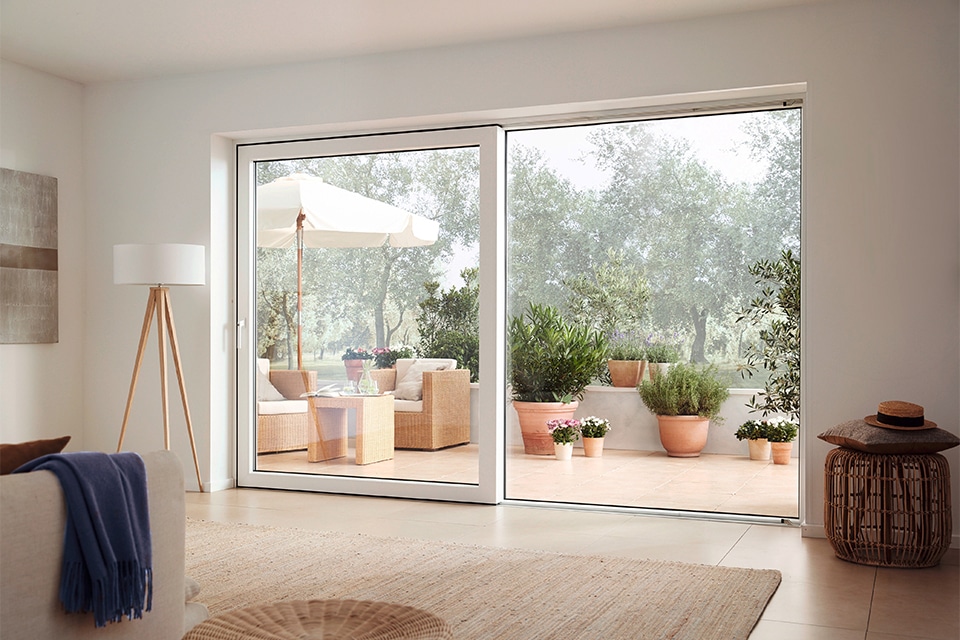
Is the architect an ally of Big Brother or is he an ethicist?
The evolution of the access control profession
In the world of architecture, access control is a topic that has become increasingly relevant over the past two decades. Not only does it affect the functionality of a building or object, but it also creates far-reaching implications for the privacy of its users. For example, in apartment complexes, or healthcare facilities and commercial buildings. And, everything in between. So let's take a closer look at the rapid technological developments and link that to the privacy issue. Perhaps then we will discover where the main challenges are for architects and designers. A spoiler alert: this article is definitely also about the ethics of the architect!

Fact: strict access control is no longer limited to large corporations and government buildings. It has become an integral part of every project, from homes to public spaces. Access control offers not only security but also convenience. For the latter, consider smart door locks that users can control from their smartphones, for example, or consider identification systems that no longer require physical cards. This not only improves security but also makes life more efficient and convenient. Save time!
Moreover, the speed of technological advances in access control is astounding. Biometric identification is certainly not yet commonplace in mainstream society, but it already exists and is being used more and more. In a few years it will probably even be the standard. Even for ordinary people. Think further of "simple" facial recognition or gaining access based on your DNA.
For architects and designers, this is a real treat: they can use all their creativity to come up with the most beautiful solutions with all these new features. And, you can bet the market is waiting for it!

So far, really, nothing new.
However, we should never forget one important (perhaps the most essential) question today: how much access control does society actually need?
While it may be tempting to go for the latest technology - during the design process - designers must also take privacy considerations into account. After all, we all know it: advanced systems can collect and store personal data, which raises the question of whether we are going too far in our quest for security. In short, can we strike a balance between security and privacy. To what extent should the architect disregard the issue of privacy? Or, can the architect also decide with some ethics that the limit has been reached and that the client is not getting what he wants. Simply because the technological feature crosses ethical boundaries. Or, that it is not clear what is happening under the radar. And that therefore the assignment to design something with high technological output may be rejected.
So there is a tension between (developing and embedding) far-reaching technological access control versus the growing need for more privacy. On the one hand, we want to protect our property and feel safe, but on the other hand, we do not want our personal data to be collected or misused unnecessarily. The question, then, is whether the architect should meet the latter
want to cooperate.
Therefore, a call: choose only innovative access control solutions that are both secure and respectful of individuals' privacy. Know what you are prescribing. Also delve into the underlying values of the feature. More than ever! And, above all, don't be a definitive ally of Big Brother. Just be a critical ethicist.




